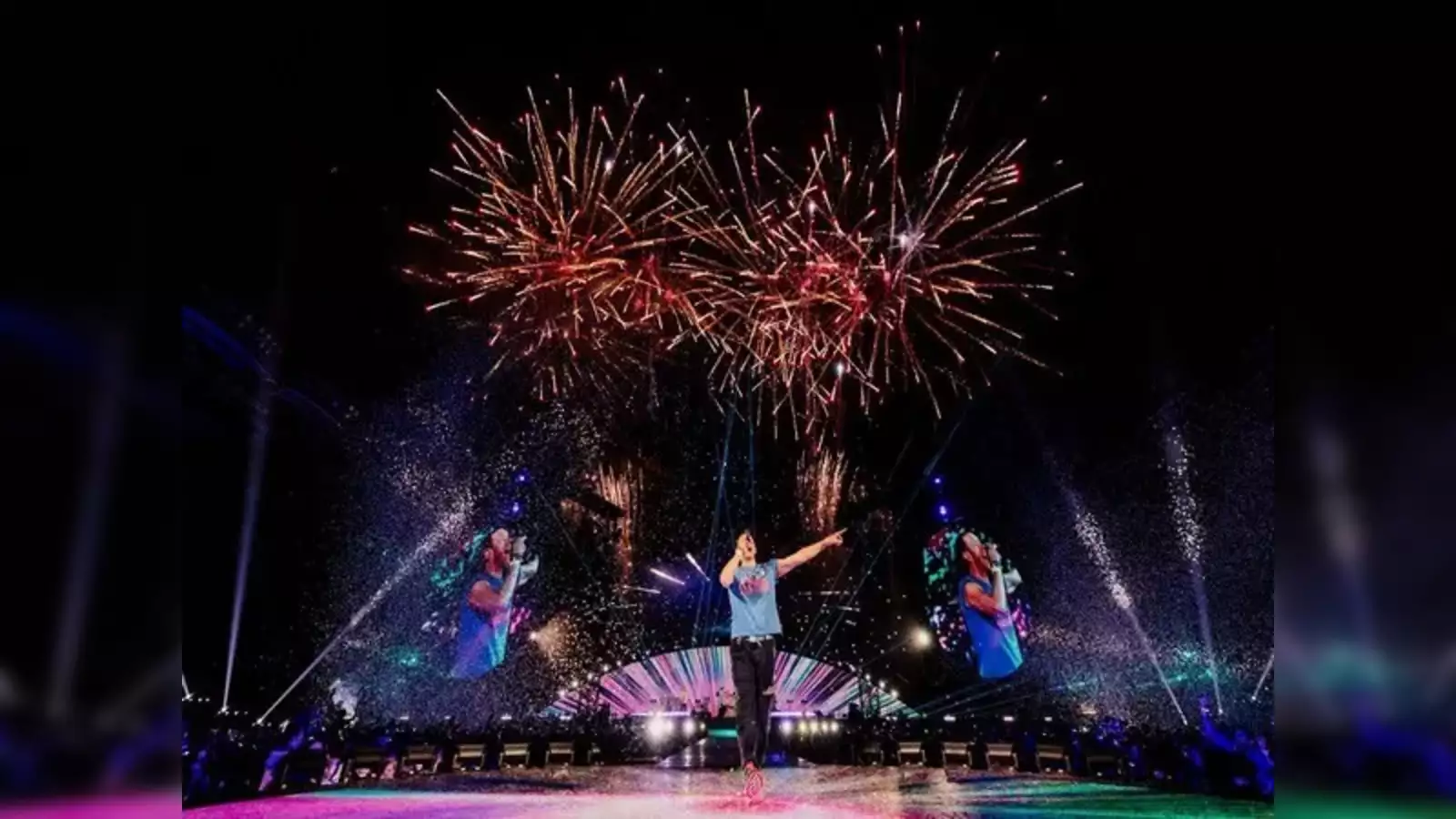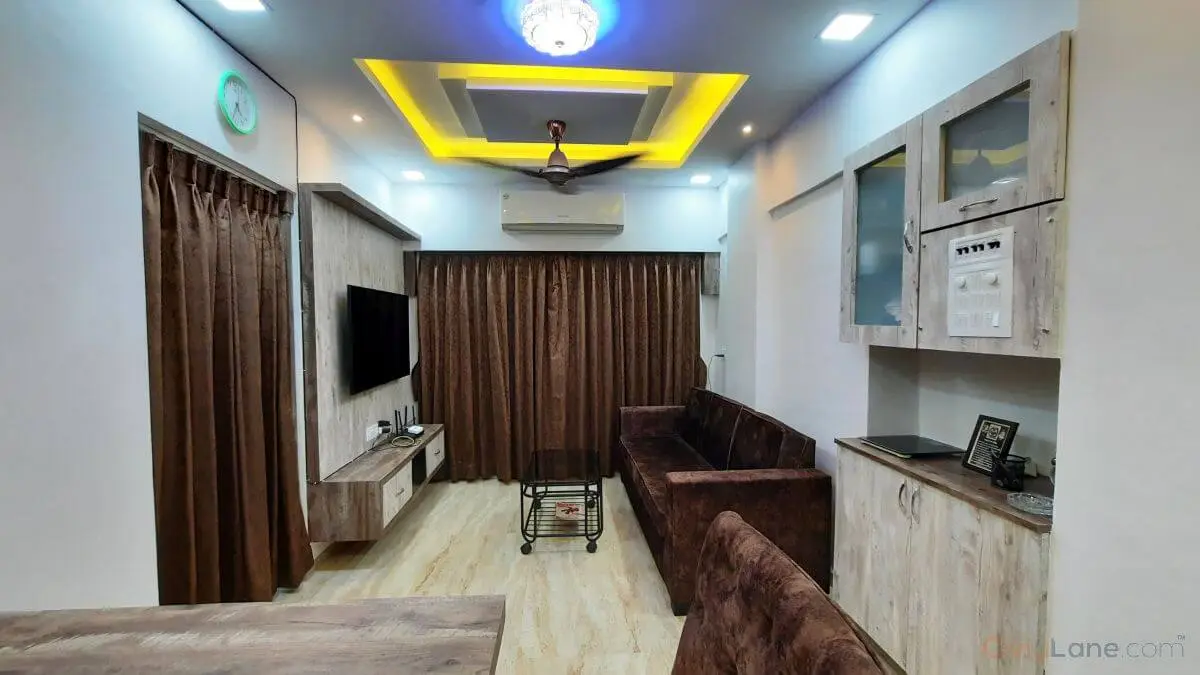The Stark Reality of Economic Disparity: How Long Would It Take a Family Below the Poverty Line to Afford Luxuries?
In India, the poverty line is a harsh marker of the divide between economic classes, where families struggling to make ends meet often find themselves unable to afford even the most basic needs. As we look at the wider spectrum of wealth in the country, it’s impossible not to notice the extreme contrast in living standards. On one end, we have families living below the poverty line, earning a meager Rs 27,000 per year, while on the other, we have a glittering elite that can easily afford luxuries many can only dream of.
But just how long would it take for a family living below the poverty line to gather enough money for some of the most desirable luxuries in India today? Let’s take a closer look at the timeline required to afford a few high-end items and experiences that reflect the extreme wealth in our society.
1. The Doon School (Dehradun) – 1 Month’s Fee: Rs 2 Lakh

The Doon School in Dehradun is one of the most prestigious schools in India. A month’s tuition fee at this iconic institution costs approximately Rs 2 lakh. For a family living below the poverty line, which earns just Rs 27,000 annually, it would take them nearly 10 years to save enough money to cover just one month’s tuition. This does not include additional expenses such as food, clothing, or even transportation.
In contrast, families with significant financial means could afford such expenses without even blinking. Yet, for the majority of India’s population, sending a child to a prestigious school like The Doon School is a distant dream.
2. Coldplay Concert in Mumbai – Resale Ticket Price: Rs 3.5 Lakh

The experience of attending a Coldplay concert in Mumbai in 2022 was a once-in-a-lifetime event for many. The resale price of a single ticket reached an astounding Rs 3.5 lakh. For a family struggling with an annual income of Rs 27,000, it would take them 13 years to accumulate enough money for just one ticket. This would mean sacrificing every bit of their income for more than a decade, without spending a single rupee on any other need or want.
For a fortunate few, this sum might only represent a small fraction of their annual spending, but for the impoverished, it’s an unattainable luxury.
3. Gucci’s Diana Small Crocodile Tote Bag: Rs 35 Lakh

The world of luxury fashion is often out of reach for most, but for some, purchasing designer items like Gucci’s Diana Small Crocodile Tote Bag — which costs a staggering Rs 35 lakh — is within the realm of possibility. For a family earning Rs 27,000 a year, however, it would take them a jaw-dropping 130 years to afford this one accessory.
Imagine working for seven generations and not having enough to buy this single luxury item. This absurd amount of time highlights the vast gap between the top earners and those struggling to survive on less than Rs 30,000 per year. While the rich can effortlessly indulge in luxury goods, those living below the poverty line face an insurmountable challenge just to cover their basic needs.
4. Average price for a 1 BHK flat in Mumbai: Rs 95 lakh

The average price of a 1 BHK flat in Mumbai is Rs 95 lakh. For a family living on the poverty line in India, with an annual income of Rs 27,000, it would take more than 350 years to afford such a home.
5. Top 1% Annual Income: Rs 53 Lakh

The top 1% of income earners in India command an impressive annual income of Rs 53 lakh. To put this in perspective, a family living on Rs 27,000 per year would need 260 years to reach the level of income that the wealthiest 1% earns in just one year. This stark contrast is not only a reflection of the growing economic divide but also a reminder of the challenges faced by millions of families trapped in poverty.
The Wider Picture
These comparisons may seem extreme, but they highlight an important truth: the gap between the rich and the poor in India is not just about income inequality, but about access to opportunities, education, and experiences. While the ultra-wealthy can afford luxuries that are considered beyond the reach of ordinary citizens, millions of families below the poverty line are left struggling to meet their basic needs, let alone indulge in luxuries.
These disparities paint a picture of a society where upward mobility is nearly impossible for those at the bottom of the economic ladder. They also challenge us to think about how we can bridge this gap, ensuring that the dream of a better life is not just reserved for the privileged few, but for everyone.
Conclusion: A Call for Equity
While these figures are striking and even shocking, they serve as a powerful reminder of the inequality that exists in our society. The time it would take for a family below the poverty line to afford even a fraction of the luxuries enjoyed by the rich is not just a number—it represents a deeper issue of fairness, access, and opportunity.
As we look to the future, it is essential that we take steps toward creating a more equitable society where basic needs such as education, healthcare, and housing are accessible to all. Until then, the divide between the privileged and the marginalized will continue to widen, leaving millions behind in a struggle to survive.